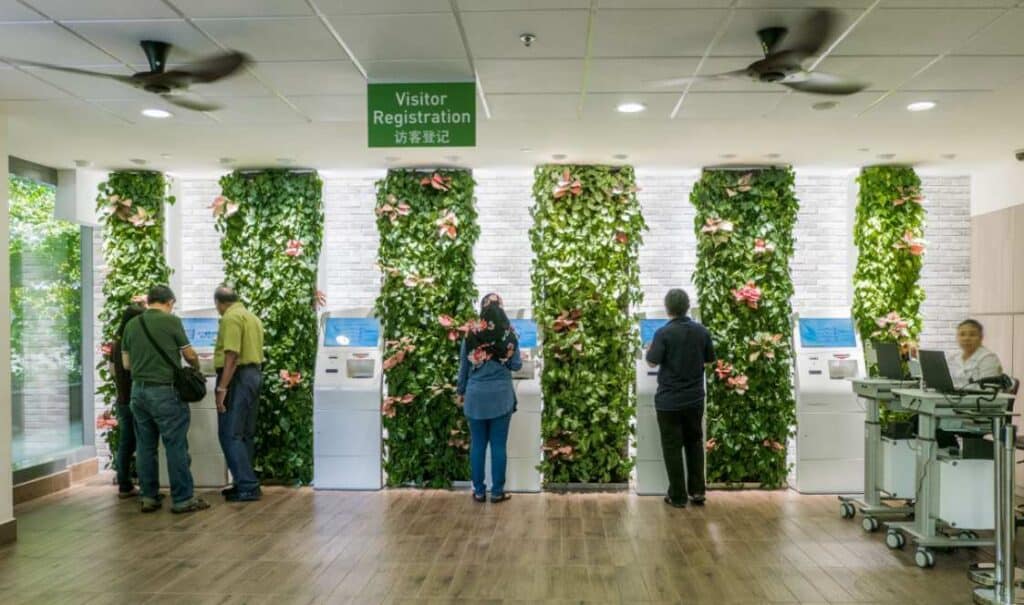The integration of living walls in hospitals is an architectural trend being adopted across the globe due to the therapeutic benefits of green walls. Numerous studies have demonstrated the positive impact of nature on human well-being, improving treatment outcomes for patients. Exposure to greenery has been linked to reduced stress levels, lower blood pressure, and improved mental health. Incorporating living walls into healthcare environments extends these benefits, creating healing spaces that go beyond the traditional clinical atmosphere.
In this blog post, we shall explore the profound impact of living walls in healthcare settings, backed by real-world examples that demonstrate their immense potential in enhancing patient care.
Living Walls In Hospitals – 5 Inspiring Examples
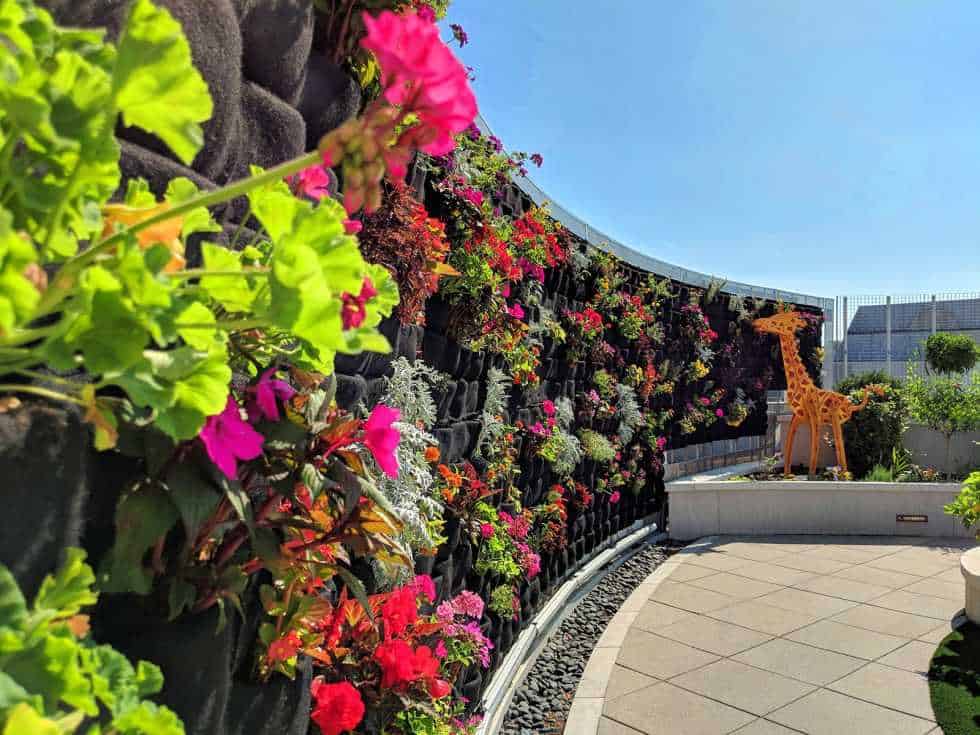
1. The Cleveland Clinic’s Healing Garden
The Cleveland Clinic’s Healing Garden stands as a testament to the transformative power of living walls in healthcare. By strategically placing living walls in key patient areas, the clinic has created serene spaces that promote healing and well-being. Patient testimonials highlight the positive impact on their overall hospital experience

2. Singapore General Hospital’s Green Corridor
Singapore General Hospital’s sustainability initiatives and innovative use of a “Green Corridor” featuring living walls has garnered international attention. This outdoor space serves as a lung-friendly tranquil zone for patients and their families.
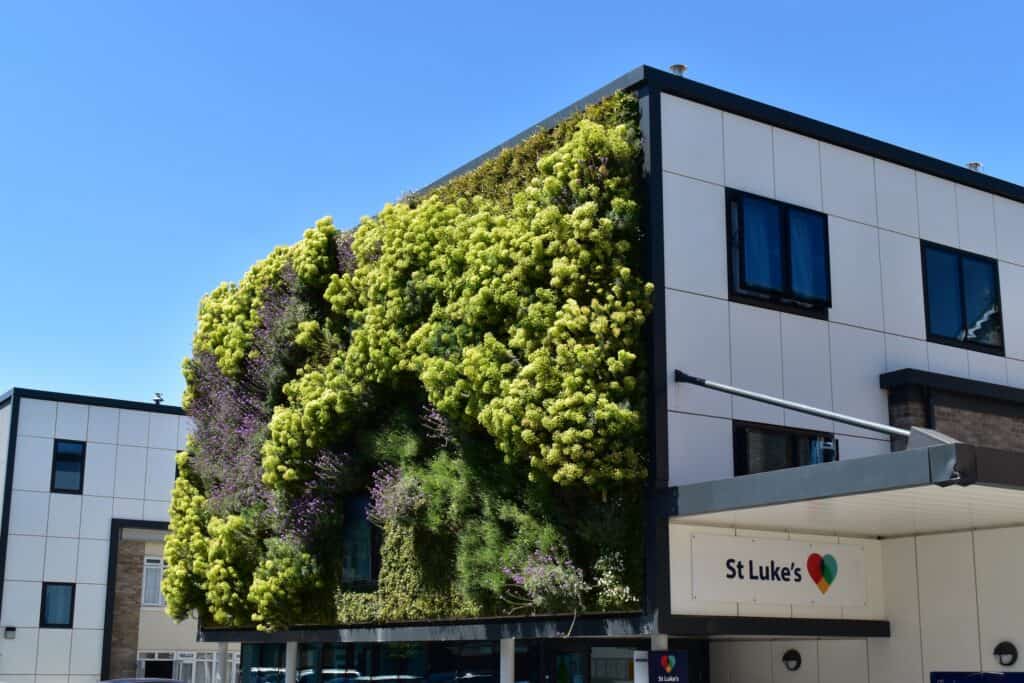
3. St. Luke’s Hospital, Oxford
Nestled in the heart of Oxford, St. Luke’s Hospital boasts a remarkable living wall that extends beyond mere aesthetics. The design philosophy behind the living wall at St. Luke’s revolves around creating a healing environment inspired by nature. The carefully selected plant species contribute to air purification and are chosen for their calming and therapeutic properties.
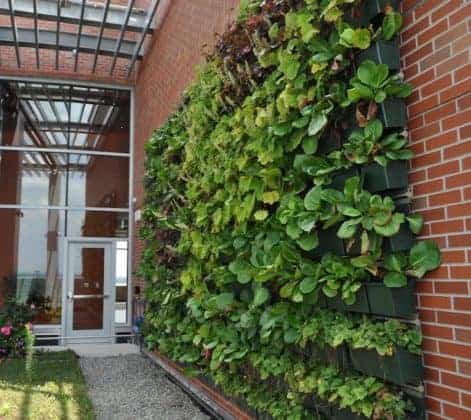
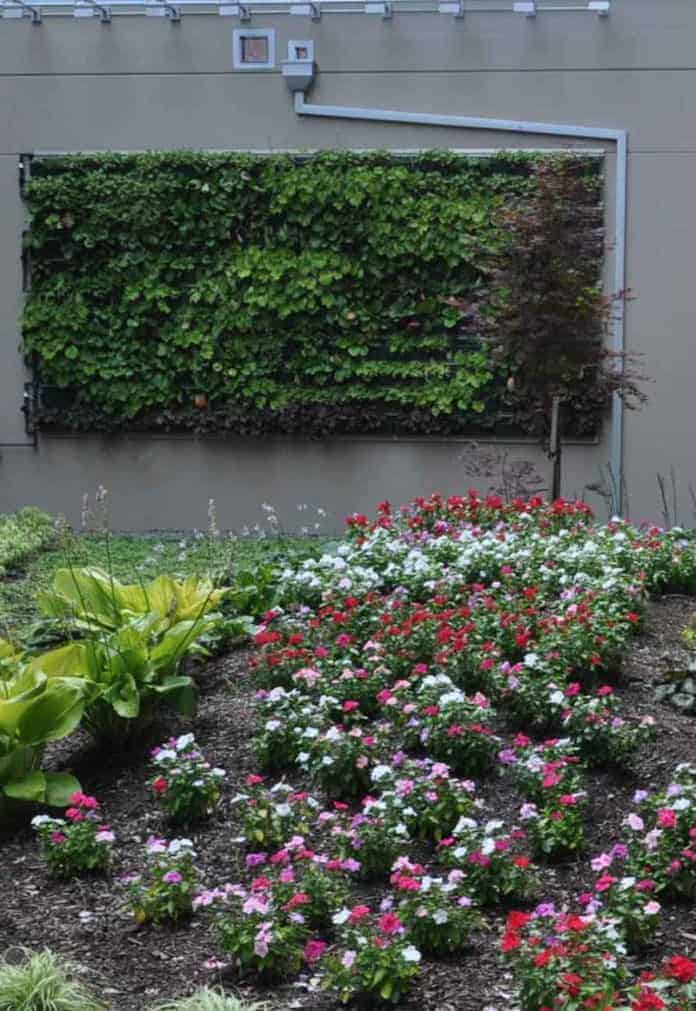
4. Jersey Shore University Medical Center
The patient-centric design of Jersey Shore University Medical Center boasts of two living walls that add a calming aura to the building. The soothing colors offer a peaceful sight to patients and their families visiting the center.
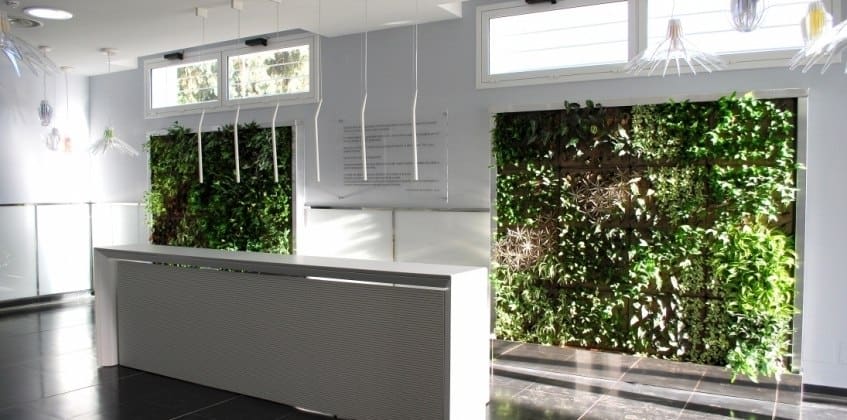
5. Palermo Hospital
The Palermo Hospital complex underwent expansion in 2012, and as a part of this expansion, a striking vertical green facade was erected outdoors at the entrance of the hospital. Inside the central hall of the building, an additional indoor green wall adorned with a variety of houseplants serves as a captivating green focal point. The combination of outdoor and indoor greenery contributes not only to the aesthetics of the hospital but also creates a healing atmosphere.
Conclusion
Living walls have emerged as a transformative and patient-centric design element in healthcare settings. Supported by scientific research and exemplified by successful implementations worldwide, these vertical gardens offer a promising avenue for improving patient outcomes and fostering a sense of well-being in healthcare spaces. The future of healthcare design undoubtedly includes more greenery, more life, and more healing through the power of living walls.
For professional installations of living walls in hospitals or other healthcare settings, contact Eco Brooklyn today!

